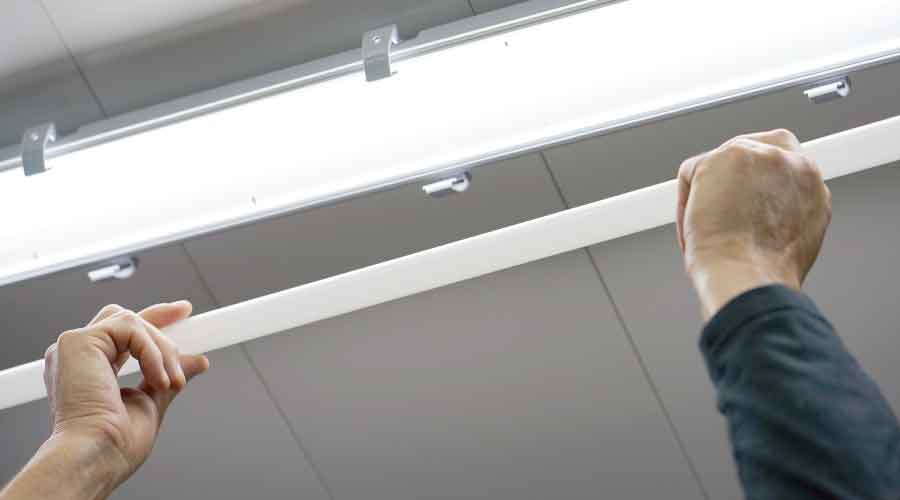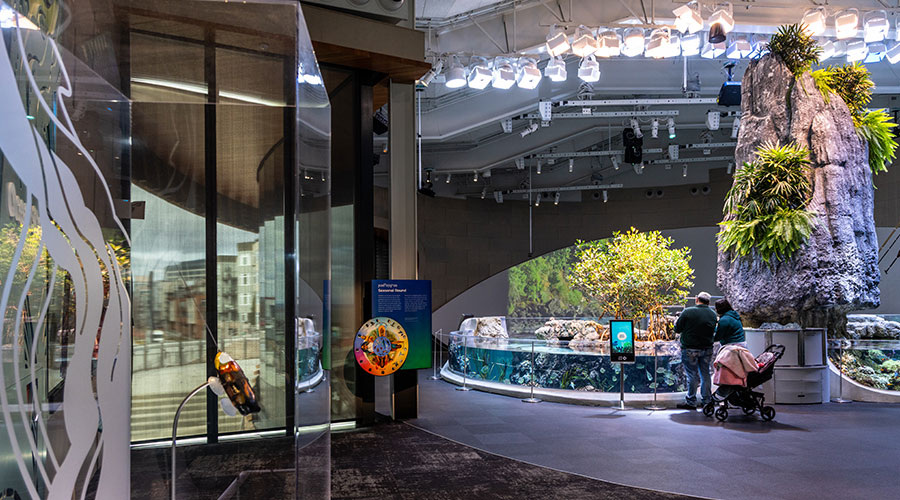Strategies and Tactics for Effective Relamping
Pressured by inflation and rising material costs, managers are thinking even harder about ways to perform key tasks more cost-effectively
Lighting system relamping is a challenging task for many maintenance and engineering departments. One challenge comes from a lighting standard, Energy Independence and Security Act of 2007 (EISA 2007), that started phasing out old standard lamps in 2012. While the standard does not affect any specific lighting type, it mandates that the lamp chosen must provide a 25 percent reduction in energy use over the traditional, more costly solutions.
Pressured by inflation and rising material costs, managers are thinking even harder about ways to trim operating and maintenance costs. One strategy is to consider other options rather than relamping with like materials, which now cost much more than the same lamps did originally.
By understanding lighting technology advances, determining the goals and potential benefits of relamping, and assessing scheduling and equipment considerations, managers can implement more effective relamping programs.
Technology update
Many standard incandescent bulbs are not specifically phased out by government regulation, but they are used less often for good reason: Other options cost less over their much longer lifetimes.
Consider the issue from a lumens-versus-watts perspective. Watts measure the energy required, or input. Lumens measure brightness, or output. In order of watts versus brightness, incandescent bulbs require the most watts for a given level of brightness followed by halogen, compact fluorescent lamps (CFL), and LEDs, which offer the fewest watts for the same brightness.
Within each category, differences also exist. A barrel-shaped CFL produces more lumens and lasts longer than an incandescent-shaped CFL. LED bulb output is 70-100 lumens per watt input, a 5-6:1 advantage over incandescent bulbs. An incandescent bulb emits 800 lumens with 60 watts input, while an LED light emits 800 lumens with 12 watts input, which is a five-to-one material cost advantage for LEDs. Another advantage of LEDs is that they are now available in higher-lumen bulbs. Some of these bulbs have 50,000-hour lives, so the required maintenance labor costs are much lower.
As LEDs climb the ladder of higher output, some special-purpose lamps show a similar cost advantage for LEDs. For example, a high-bay mercury vapor HID 21,000 lumen lamp needs 400 watts input, while an LED 21,000 lumen lamp needs only 150 watts input — a 3:1 cost advantage for the high-brightness LED lamp.
Consider the value of large numbers of lamps in relamping programs. Hallways such as those in hotels and office buildings can feature dozens and even hundreds of the same wall sconces. The 5:1 ratio between incandescent and LED multiplied by the number of sconces — 25, 50, 100 and often more — will add up to lower watts output and major energy savings with the same or better brightness.
Thomas A. Westerkamp is a maintenance and engineering management consultant and president of the work management division of Westerkamp Group LLC.
Related Topics:













